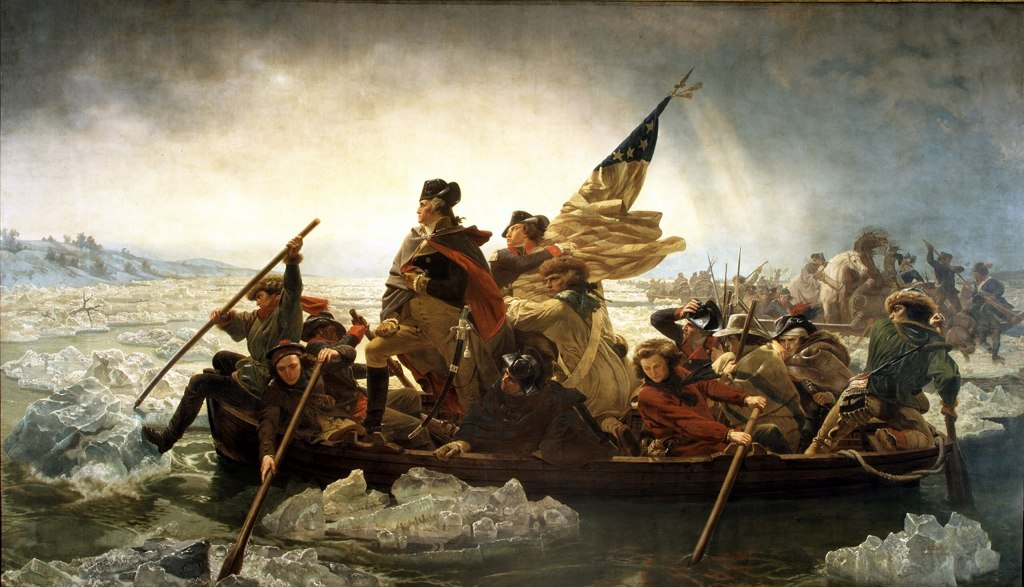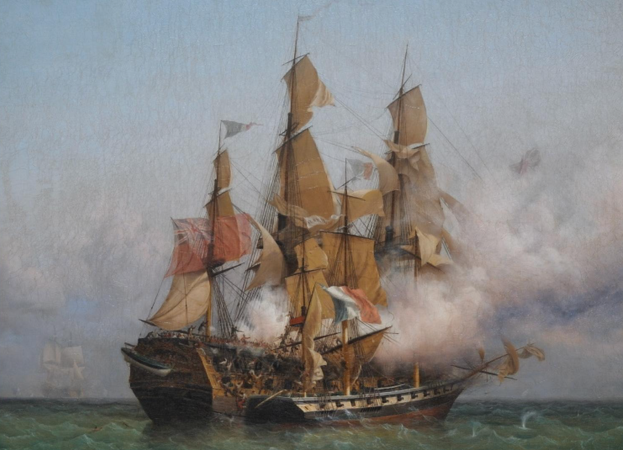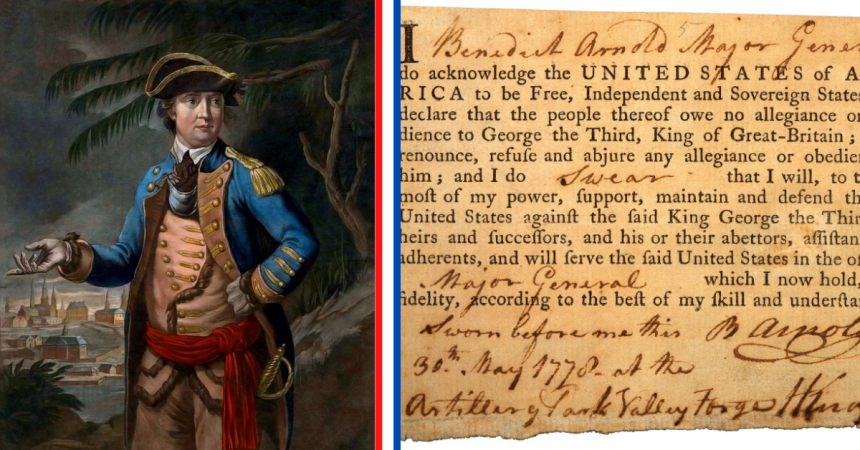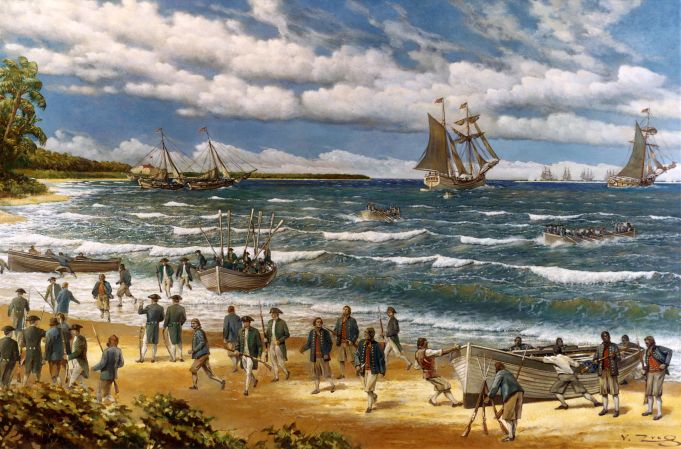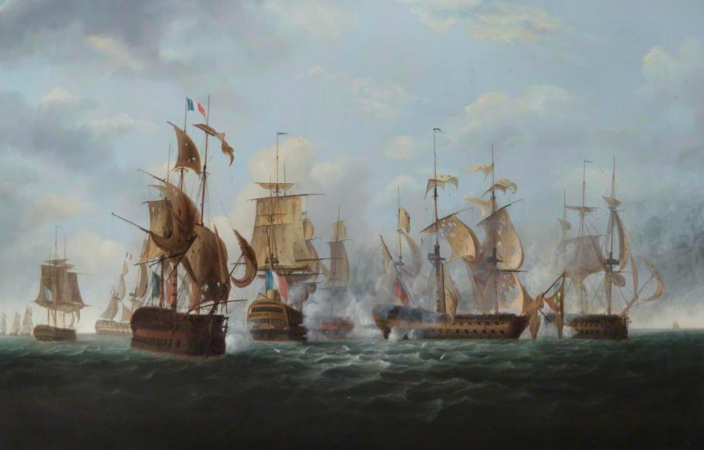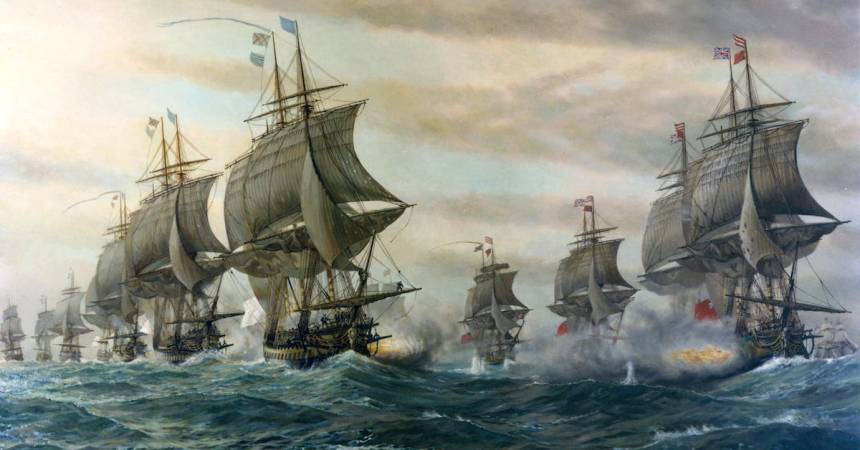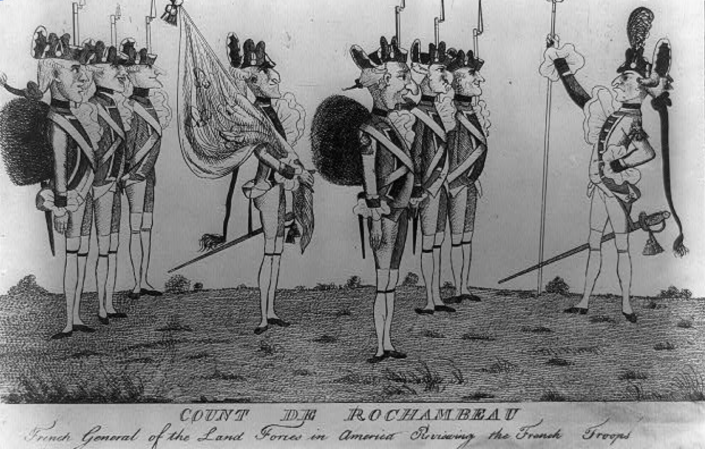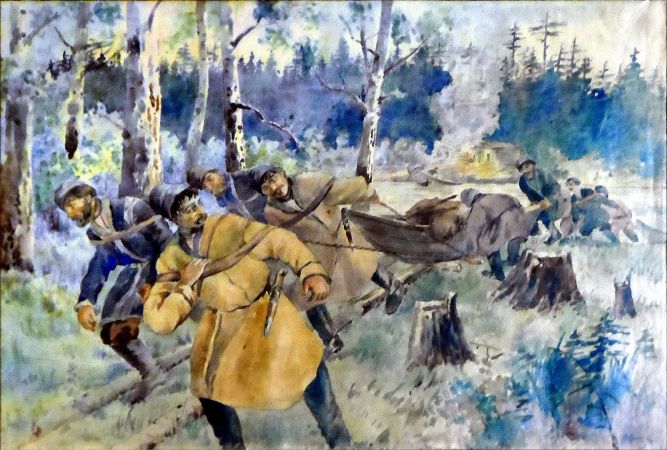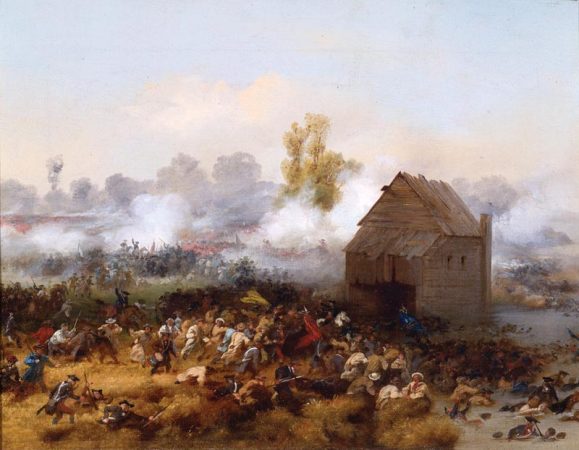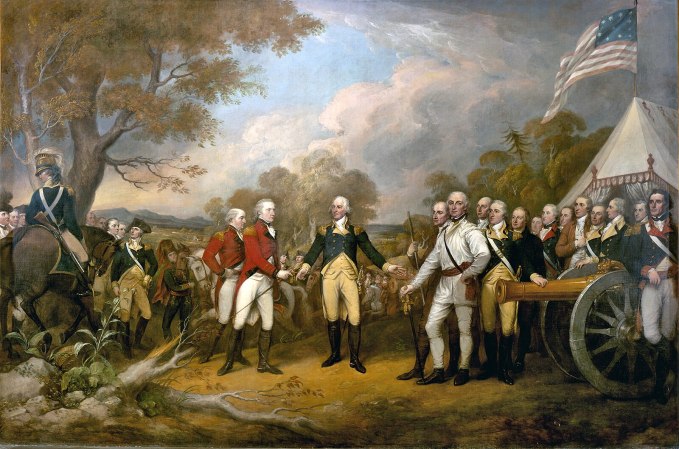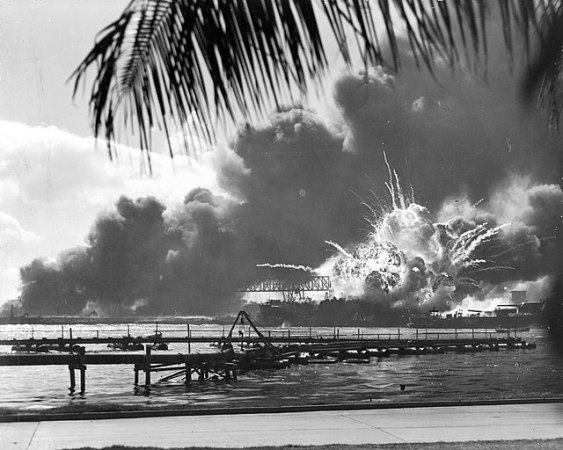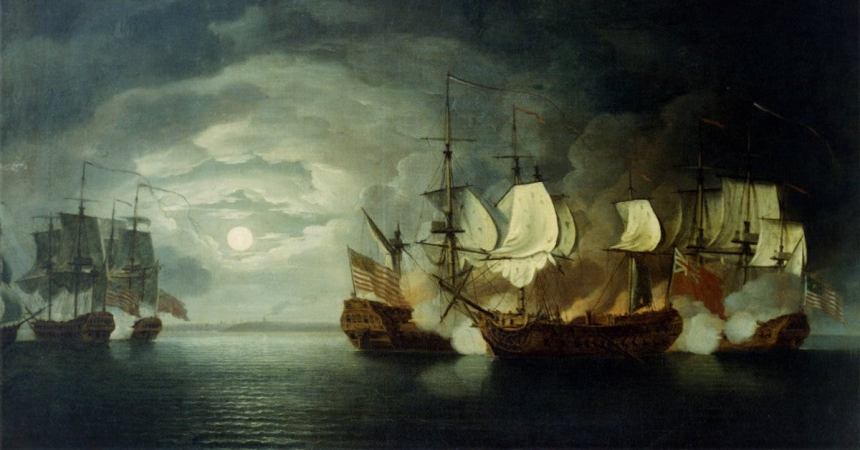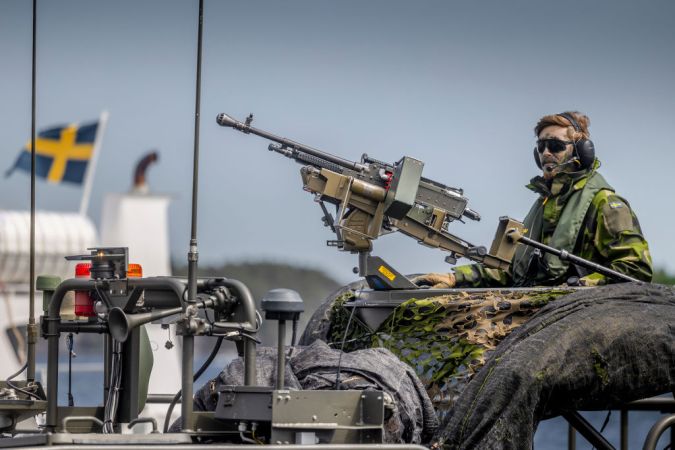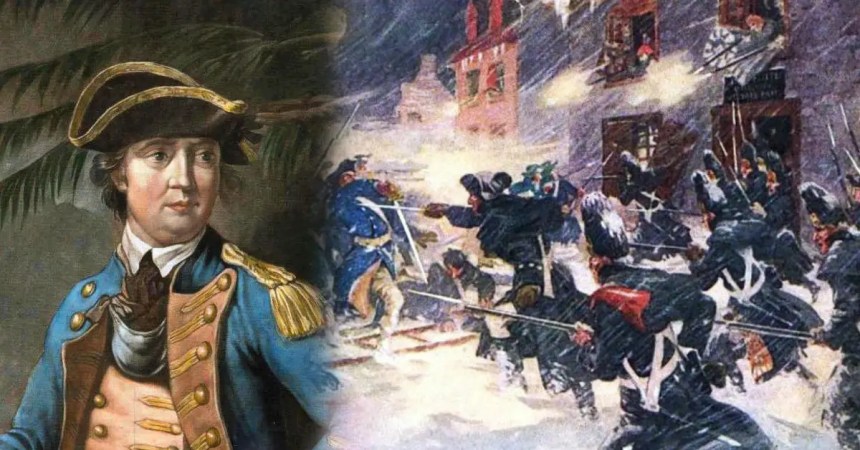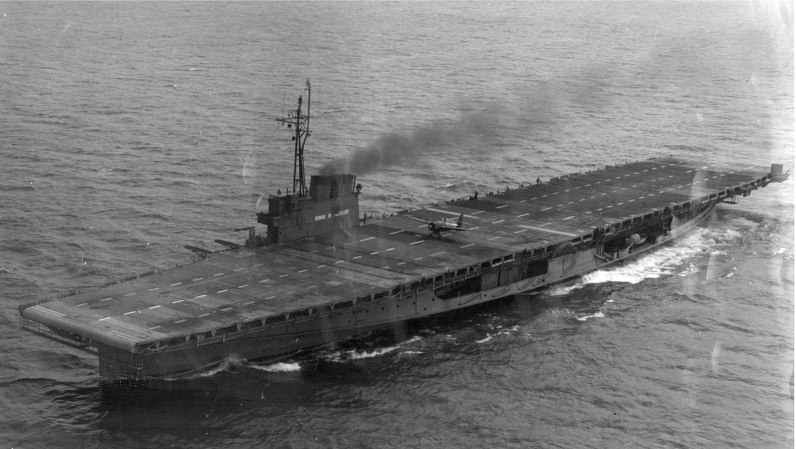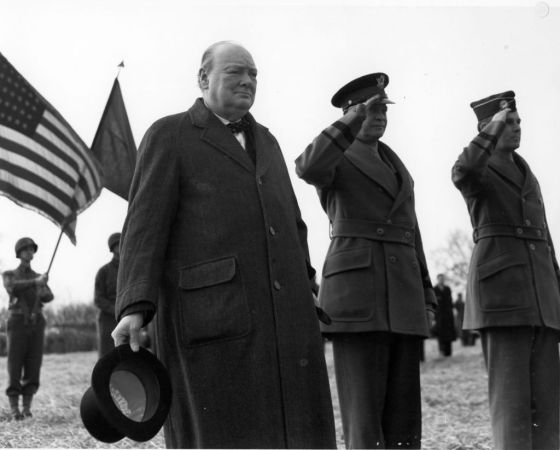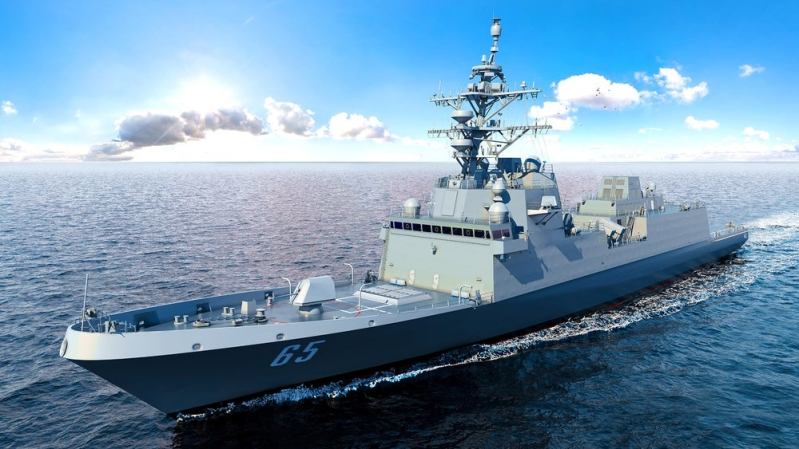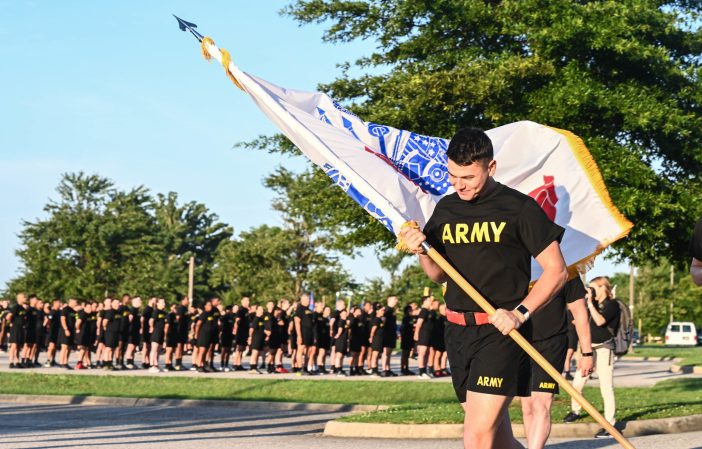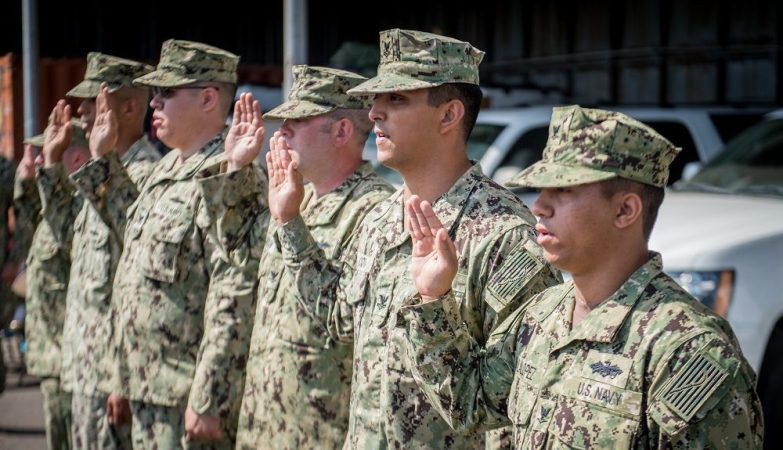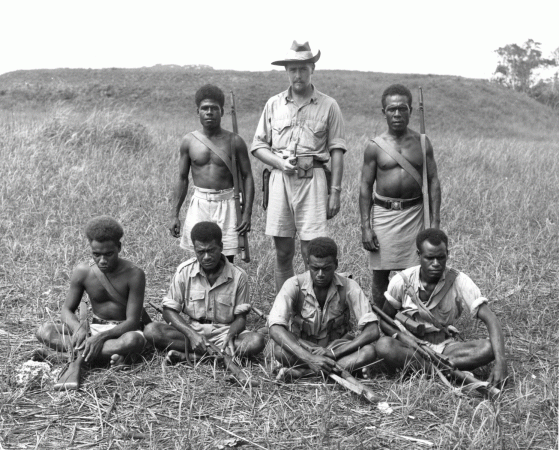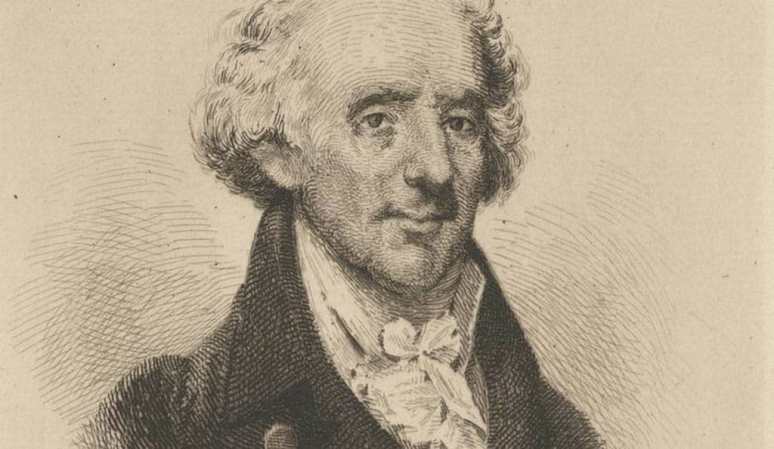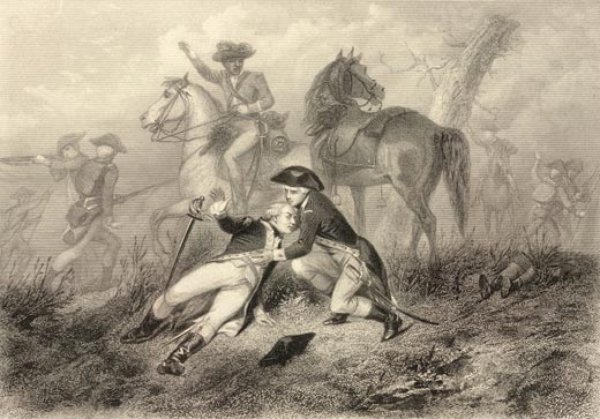The U.S. Navy celebrates its birthday on October 13, the day that the Continental Congress legally established the Continental Navy. Congress authorized funds for the construction of frigates, the creation of an enlisted and officers corps, and supplies. But America launched two more fleets during the Revolutionary War, one under Gen. George Washington and one under Brig. Gen. Benedict Arnold.
The Department of the Navy didn’t exist until 1798, but American forces had three, completely separate, fleets in 1776.
Washington’s Navy
The first American foray into naval operations during the buildup to the revolution took place in the summer of 1775. George Washington, newly commissioned as commander-in-chief, needed a way to break up British resupply and run a few goods himself.
He ordered converted schooners for the task and, along with colonial governments, recruited ship owners to take their vessels a privateering.
Arguably, this was illegal, since the colonies had not yet declared themselves to be sovereign states. And Britain, obviously, didn’t recognize their statehood until the end of the war, anyway. But privateers operated off the American coast and in the Caribbean. In March 1776, the Continental Congress provided a little top cover when it declared privateering legal. And the Declaration of Independence marked when the U.S. called itself sovereign.
Washington’s little fleet, even combined with privateers authorized by Congress, had little direct impact on the British navy. Most privateers never captured a single vessel, which was a shame for the privateers. The vast majority of them received no wages, just prize money after a successful capture.
But at the strategic level, America captured hundreds of British ships and outraged merchants who then pressed the crown to better defend merchant vessels and, later, to end the war. Privateers also ran guns and other supplies for the army.
The Continental Navy

Next came the Continental Navy. Authorized in October 1775, the Navy started with just two armed vessels. Congress appropriated funds for the construction of more, but only one was completed by war’s end. And Congress gave that to France as a thank you for its support and to compensate them for the loss of their own ship fighting the British.
But the ships that did fight made themselves known. A small group of ships and Marines launched amphibious raids against two forts in the Caribbean and seized gunpowder desperately needed by the Army.
Throughout the course of the war, about 60 vessels served in the Continental Navy peaking at 31 vessels in 1777. The Continental fleet never had a ship of the line or anything near that large. It mostly provided limited artillery assistance to the Army, raided British supplies, and harassed merchants, just like the privateers.
Benedict Arnold’s green little fleet

In 1776, Benedict Arnold led a force north to counter a likely British invasion south. The British had a strong edge in numbers, armament, and training. And so Army Brig. Gen. Benedict Arnold did something unexpected: he started building a small brown-water fleet on Lake Champlain.
The British had a few armed vessels and a large number of supply ships to move its army around. If Arnold had a navy, even a small one, then Britain would need to defeat it in order to move its supplies south.
And so the two sides launched a construction race for much of 1776. Arnold called upon the peacetime skills of shipwrights and other builders in his Army. Arnold’s ships were made of unseasoned, sub-optimal wood.
Meanwhile, the British rushed some ships into construction on the lake, same as Arnold, but they also ordered ships brought in from overland from the coast.
In October 1776, the powerful British fleet had more ships, larger ships, larger guns, and more sailors. The Brits also had indigenous allies that acted a bit like Marines, landing on shore and achieving objectives like preventing an American withdrawal to land.
The fleets clashed at the Battle of Valcour Island. Arnold led a valiant delating action, but he had few real sailors and weak ships. The British fleet quickly forced its way through, destroying 11 ships and killing, wounding, or capturing about 200 American sailors and soldiers.
Each American fleet played a role in the American Revolution, and it’s good for all of us that all of them were there.


